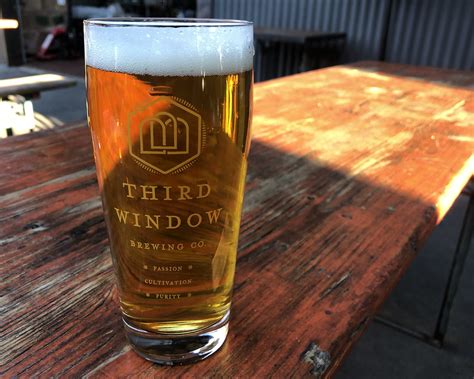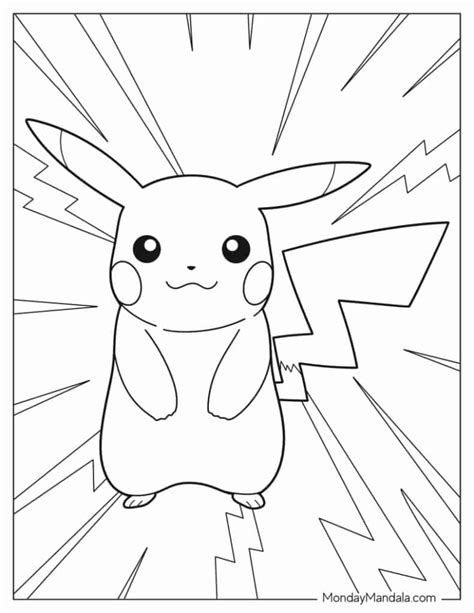The art of brewing is a nuanced one, with countless variables at play that can make or break the flavor of your final product. For those who have mastered the basics, the third window of brewing presents an exciting opportunity to refine their craft and coax even more complexity out of their brews. This oft-overlooked period, which refers to the brief window of time after the primary fermentation has completed but before the beer has been packaged or served, offers a chance to subtly manipulate the flavor profile and clarify the brew.
1. Temperature Control
One of the most critical factors during the third window is temperature control. The rate of chemical reactions, including those that affect flavor and clarity, is highly temperature-dependent. By carefully managing the temperature, brewers can encourage the precipitation of unwanted compounds, thereby clarifying the beer and refining its flavor. For example, a slight cooling can help to precipitate out chill haze and some off-flavor contributors.
2. Cold Conditioning
Cold conditioning, or cold crashing, involves rapidly cooling the beer to near-freezing temperatures. This technique is particularly effective during the third window for halting fermentation and allowing the beer to clarify and mature. It’s a method often used in lager brewing but can also be beneficial for ales, helping to reduce esters and improve the overall body and flavor stability of the beer.
3. Dry Hopping
For hop-forward beers, the third window presents an ideal opportunity for dry hopping. Adding hops at this stage allows the beer to absorb the delicate aromatics and flavors of the hops without introducing bitterness, as the fermentation process has already concluded. The technique requires careful consideration of the hop varieties, amounts, and contact times to achieve the desired flavor and aroma profiles.
4. Fruit or Spice Additions
Brewers looking to create unique and complex flavor profiles can consider adding fruits, spices, or other ingredients during the third window. This period is particularly suited for such additions because the primary fermentation has ceased, reducing the risk of contamination or unwanted fermentation of the added ingredients. The key is to balance these additions so they complement the existing flavors rather than overpower them.
5. Blending
The third window can also be a time for blending different batches of beer to achieve a consistent or desired flavor profile. This technique, commonly used in sour and wild beer production, allows brewers to combine beers of different ages, fermentation profiles, or ingredients to create something entirely new and complex. Blending requires a deep understanding of the flavor contributions of each component and how they will interact over time.
6. Oak Aging
For beers intended for oak aging, transferring them to oak barrels or adding oak chips or spirals during the third window can introduce complex flavors of vanilla, caramel, and toasted wood. The duration of the oak contact is critical, as is the type of oak used, with different varieties imparting distinct characteristics to the beer.
7. Yeast Harvesting
During the third window, brewers often have the opportunity to harvest yeast for future brews. This involves racking the beer off the yeast cake and either storing the yeast for immediate use or freezing it for longer-term storage. Proper handling and storage are crucial to maintain the health and viability of the yeast.
8. Clarification Techniques
Besides cold conditioning, brewers can employ various clarification techniques during the third window, including the use of finings such as gelatin or carrageenan. These products help to remove remaining yeast and haze-forming compounds, resulting in a clearer, more stable beer.
9. Monitoring for Off-Flavors
The third window is a critical time for monitoring the development of off-flavors. Compounds such as diacetyl, which can impart a buttery or butterscotch flavor, or acetaldehyde, with its green apple taste, can form during this period if the fermentation conditions are not ideal. Early detection and intervention can mitigate these issues.
10. Packaging Considerations
As the beer nears the end of the third window, consideration must be given to packaging. The choice between bottling, canning, or kegging depends on the beer style, intended market, and personal preference. Each method has its own set of best practices to ensure the beer remains fresh and true to its intended flavor profile.
11. Nitrogen vs. CO2
For beers that will be served on draft, deciding between nitrogen and CO2 (or a mix of both) for carbonation can significantly affect the flavor and drinking experience. Nitrogen contributes to a smoother, creamier mouthfeel, often preferred for stouts and other dark beers, while CO2 provides the crisp, refreshing carbonation typical of most beer styles.
12. Patient Maturation
Finally, patience is a virtue during the third window. Allowing the beer sufficient time to mature can make a significant difference in its flavor stability and overall character. Even after packaging, many beers will continue to evolve, with some reaching their peak flavor potential only after several months or even years.
Conclusion
The third window of brewing offers a rich landscape of possibilities for refining and enhancing the flavor of your beer. Whether through careful temperature management, innovative ingredient additions, or patience and observation, brewers have a multitude of strategies at their disposal to coax the best out of their brews. As with all aspects of brewing, practice, experimentation, and a keen sense of taste are essential for mastering these techniques and producing beers that are truly exceptional.
What is the primary goal of the third window in brewing?
+The primary goal of the third window in brewing is to refine the flavor profile of the beer, clarify it, and prepare it for packaging or serving. This period offers a critical opportunity for brewers to intervene in the brewing process, making subtle adjustments that can significantly impact the final product.
How does temperature control impact the third window?
+Temperature control during the third window is crucial as it influences the rate of chemical reactions that affect flavor and clarity. Proper temperature management can help in precipitating unwanted compounds, thereby clarifying the beer and refining its flavor profile.
What is the benefit of dry hopping during the third window?
+Dry hopping during the third window allows the beer to absorb the delicate aromatics and flavors of the hops without introducing bitterness, as the fermentation process has already concluded. This technique is particularly beneficial for hop-forward beers, enhancing their aroma and flavor profiles.



